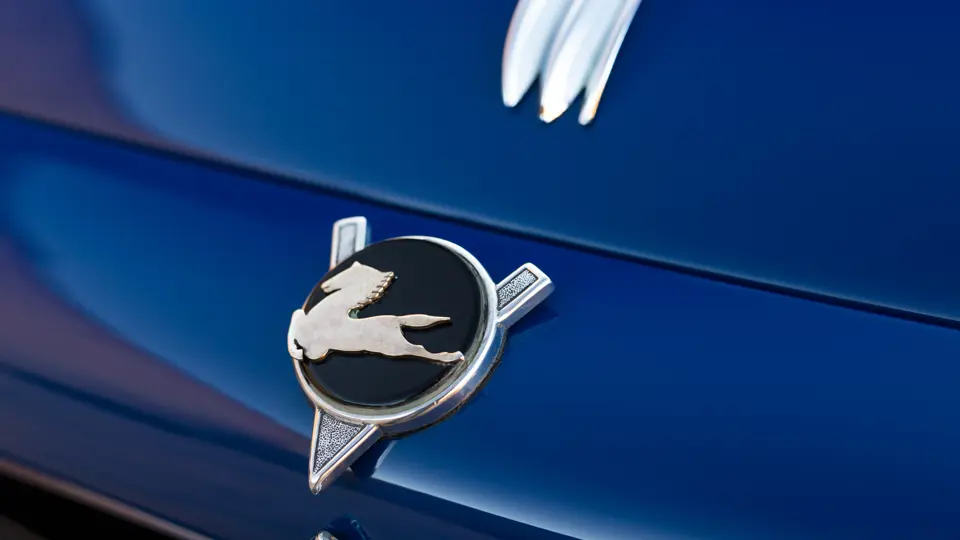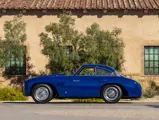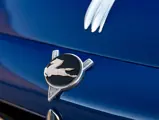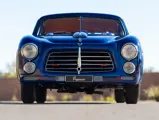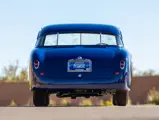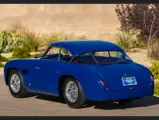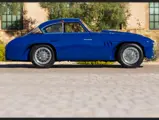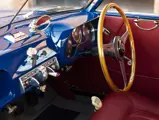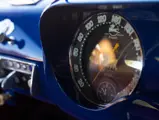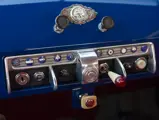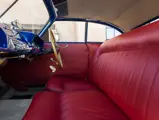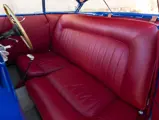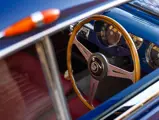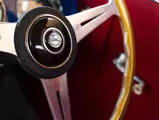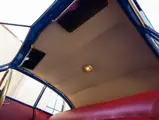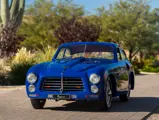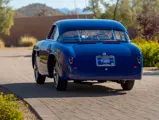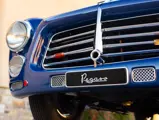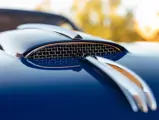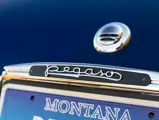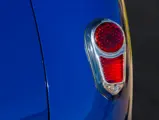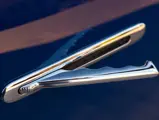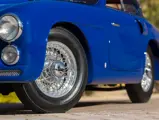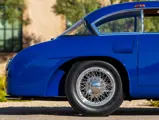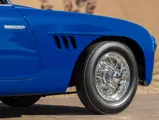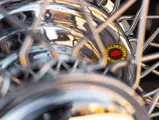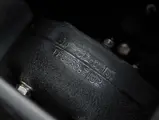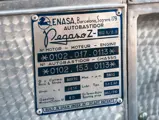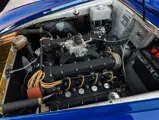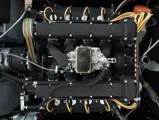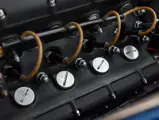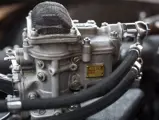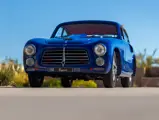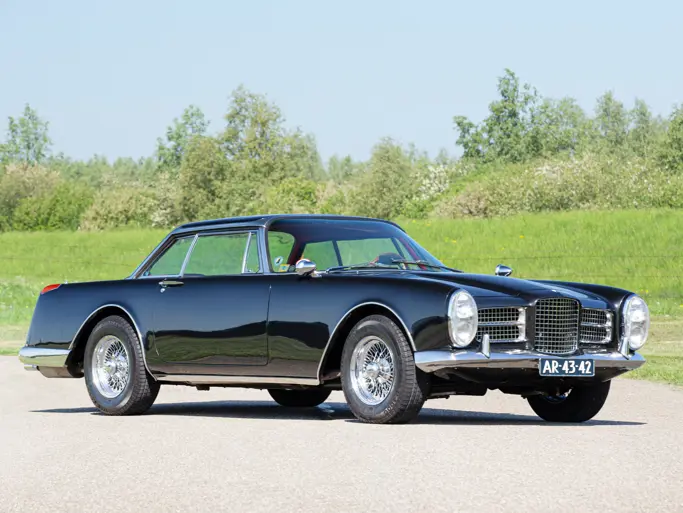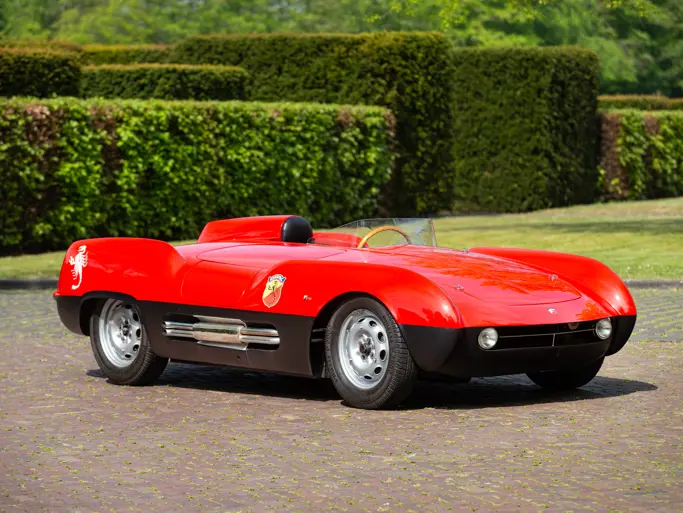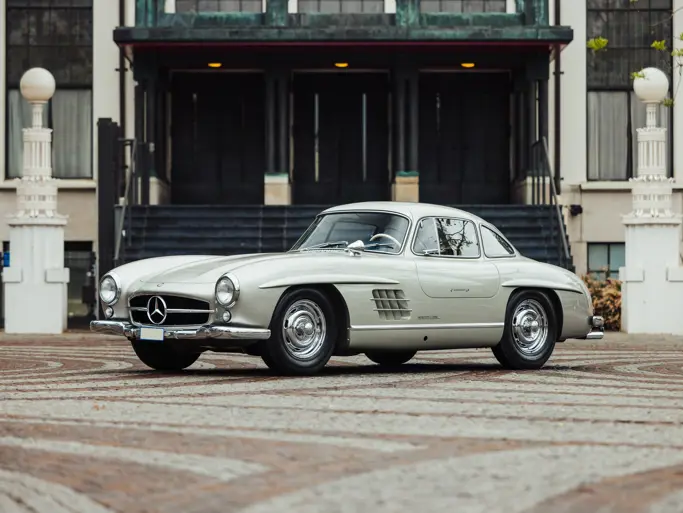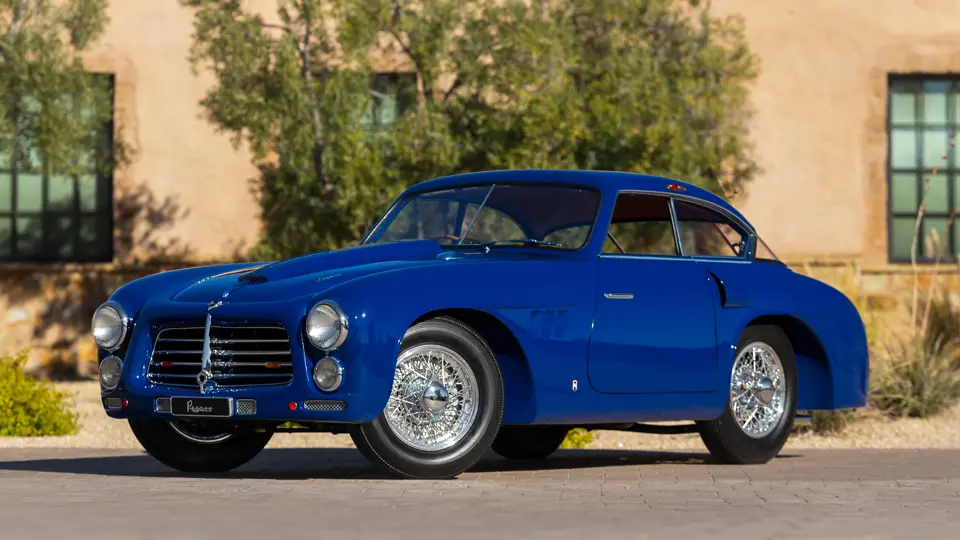
1952 Pegaso Z-102 by ENASA
{{lr.item.text}}
$550,000 - $650,000 USD | Not Sold
{{bidding.lot.reserveStatusFormatted}}
- One of only 83 Z-102 chassis produced, and one of 11 to wear ENASA Berlinetta coachwork
- Retained by the factory until 1955; used in motorsport and as a supercharging testbed
- Equipped with an advanced, numbers-matching alloy-block dry-sump 2.8-liter DOHC V-8
- Restored under the ownership of noted collector Tom Mittler, earning Best in Class at the 1994 Pebble Beach Concours d’Elegance; shown at the 2012 Amelia Island Concours d’Elegance and The Quail, a Motorsports Gathering
- A fascinating, rare Spanish sports car with excellent exhibition potential; Pegaso is the 2023 Pebble Beach featured marque
Few things seemed less likely to emerge from post-war Spain, rebuilding and searching for a national identity under dictator Francisco Franco, than a world-class sports car. Pegaso’s choice of marque name—and the decision to use the mythological flying horse as its emblem—were particularly appropriate for what might have been mischaracterized as a pure flight of fancy.
Yet there was more to the effort than one might have initially supposed. Pegaso was the offshoot of Empresa Nacional de Autocamiones S.A. (ENASA), an industrial concern born in 1946 from the ruins of Hispano-Suiza and Fiat’s Spanish operations. While heavy trucks and busses were to be the company's focus, ENASA was headed by a Spanish-born ex-Alfa Romeo chief engineer by the name of Wifredo Ricart; this made the prospect of an attention-grabbing sports car a distinct possibility for the marque.
When the Pegaso Z-102 debuted in 1951, it was as impressive as it was unexpected. Ricart had succeeded in creating a truly advanced machine; at its heart was an in-house dry-sump 2.5-liter dual-overhead-cam alloy V-8 engine (later enlarged to 2.8, then 3.5, liters) nestled in a lightweight steel chassis with a De Dion rear axle. Its five-speed gearbox was located behind the rear differential, creating an interesting reverse-transaxle configuration. With a top speed of 151 mph, the Z-102 was the fastest production car in the world at the time—a testament to Ricart’s skill and Pegaso’s ambition.
Despite its potential, research compiled by Mario Laguna in Pegaso: Spain’s Dream Car indicates that just 83 Z-102 chassis were produced in total, including prototypes. Most were sent to Saoutchick, Touring, and Serra for bodywork. A smaller subset of 19 chassis wore bodies by Pegaso’s parent company, ENASA (the firm retained one additional bare chassis for display). ENASA’s styling is less flamboyant than that of the Sauotchick cars, and distinct from the unmistakably Italian Z-102s by Touring. With handsome proportions and unique details, these ENASA bodies perfectly complement the unique national origins of the “Spanish Ferrari.”
A RARE SPANISH-BODIED BERLINETTA
The Z-102 offered here, the 13th chassis built, is one of only 11 of these cars to wear ENASA Berlinetta bodywork—making it a particularly rare and attractive expression of an already seldom-seen model. Equipped from new with the larger 2.8-liter engine and a four-carburetor setup, this Berlinetta was retained by the factory for three years after its completion. It was entered in the 1952 Monaco Grand Prix (the year sports cars, rather than Formula cars, ran the race), though Spanish driver Juan Jover failed to qualify. The following year, it was used as a testbed for Pegaso’s experimentation with supercharging.
In 1955, this Z-102 was sold into private hands and was registered to its first owner in Madrid. In 1963, it changed hands and was painted gold; by 1964 it had been sold to a Swiss collector, who drove it from Madrid to Geneva! Always the subject of interest in the collector community, this chassis was featured in the Fall 1967 issue of Automobile Quarterly, as well as an earlier issue of Gentleman magazine. By 1979 it was back in Madrid, per Mario Laguna’s research, though it was noted as being off the road. It was subsequently imported to the United States in the late 1980s, coming into the possession of Stephan Block of California.
By 1990, the Pegaso had been acquired by noted Midwestern collector Tom Mittler. No stranger to the finest European sports cars of the midcentury period, Mittler recognized the Berlinetta’s significance and commissioned a complete restoration in the wonderful, rich colors of blue over a red leather interior. Notably, it retains its numbers-matching V-8, though it now sports a single carburetor for reliable performance. Its original ENASA badge was retained during the restoration; this is believed to be the only surviving closed Pegaso to carry this badge.
Upon the completion of its restoration, Mittler entered the car in the 1994 Pebble Beach Concours d’Elegance, where it achieved the well-deserved top prize in the Pegaso class. Following Mittler’s passing in 2010, it was acquired by present ownership from Mittler’s estate in 2012. It has continued to be selectively exhibited, including outings at the Amelia Island Concours d’Elegance and the Quail, A Motorsports Gathering in 2012, as well as the Arizona Concours d’Elegance in 2014.
Given the Pegaso marque’s intriguing backstory and its offerings’ surprising technological sophistication, any surviving Z-102 will enhance the stable of even the most veteran of collectors. Thanks to its attractive and rare ENASA Berlinetta bodywork, numbers-matching alloy V-8, and well-maintained restoration, this special Z-102 is a particularly appealing offering—one with great potential for continued exhibition at top-level events worldwide.
Significantly, Pegaso is the featured marque at the upcoming 2023 Pebble Beach Concours d’Elegance, and this Z-102 is an ideal candidate for a return to the prestigious 18th green.





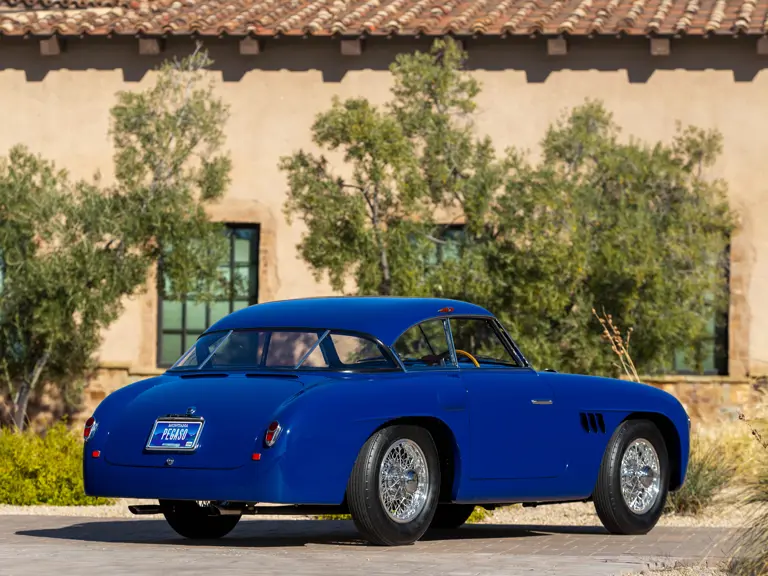
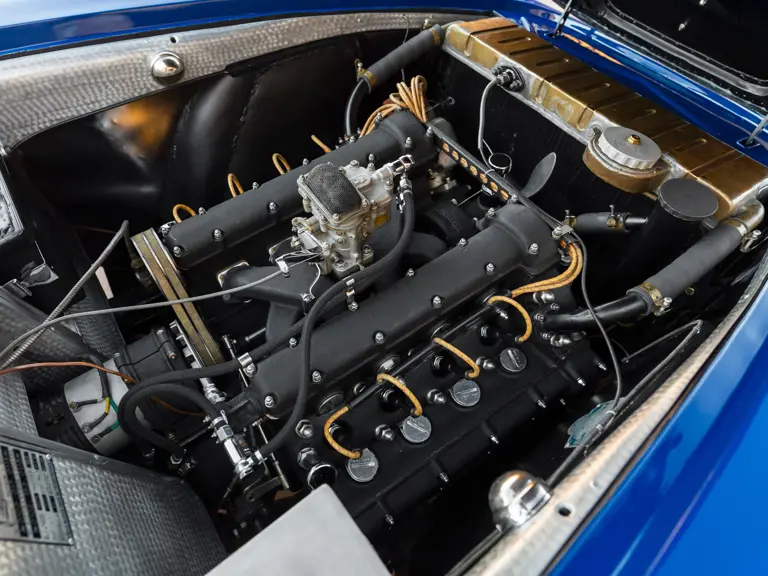
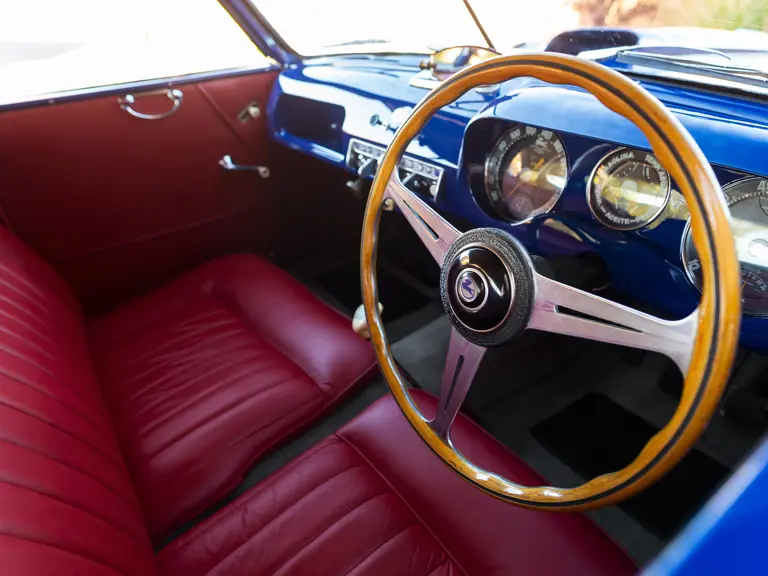

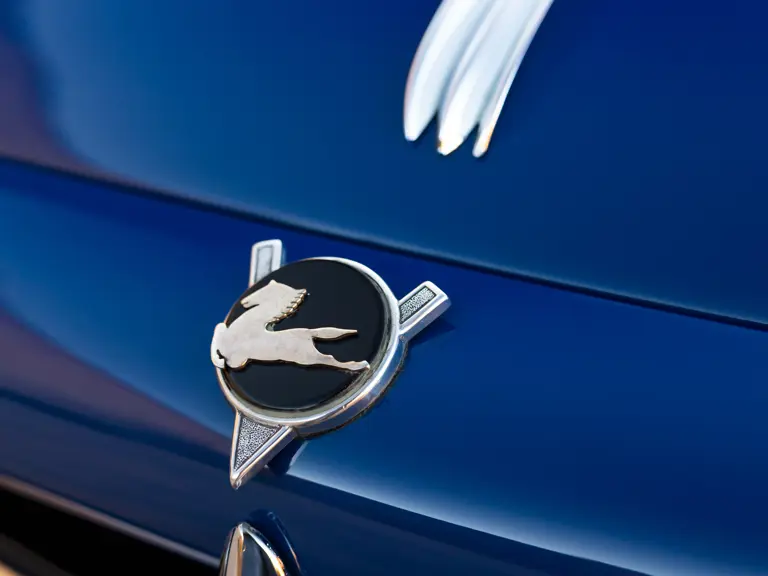

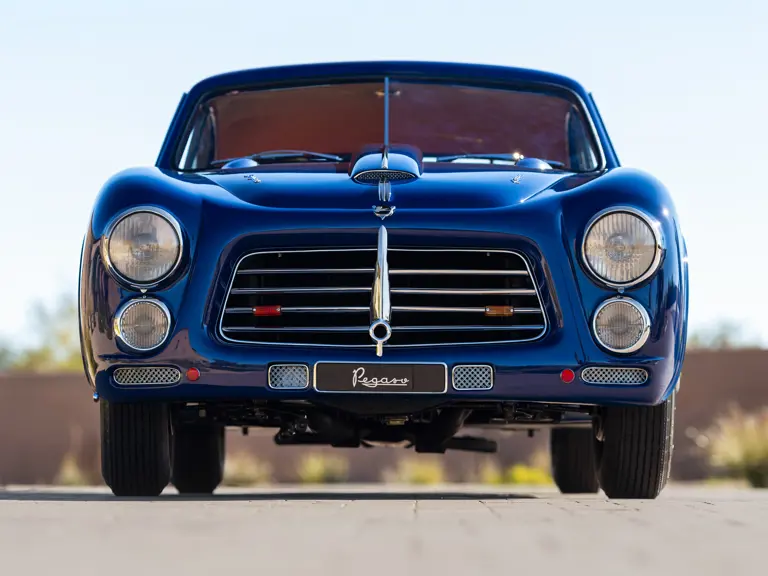

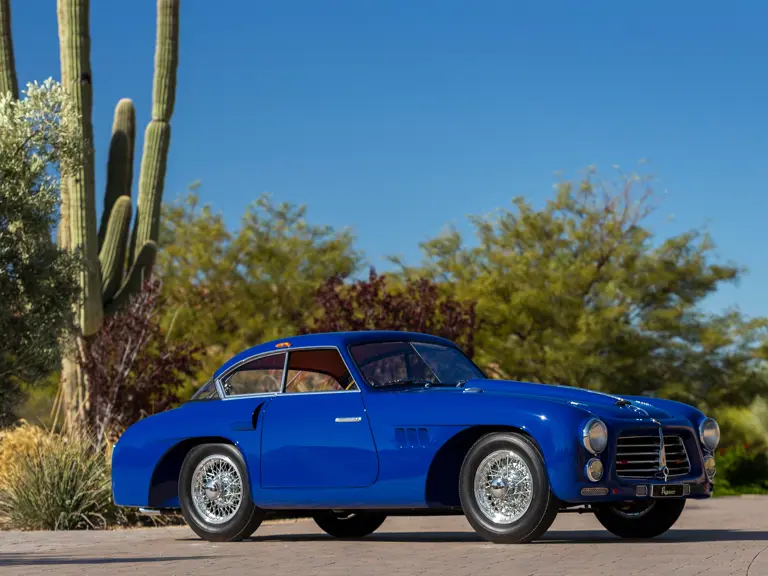
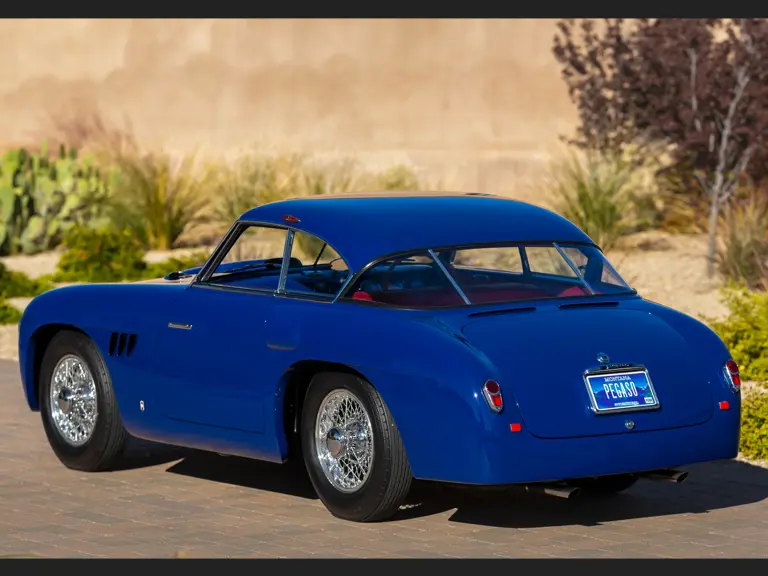
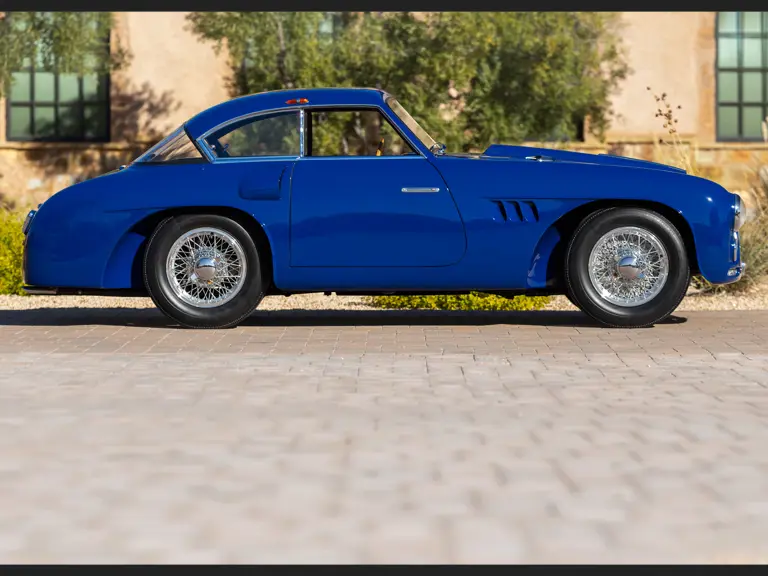
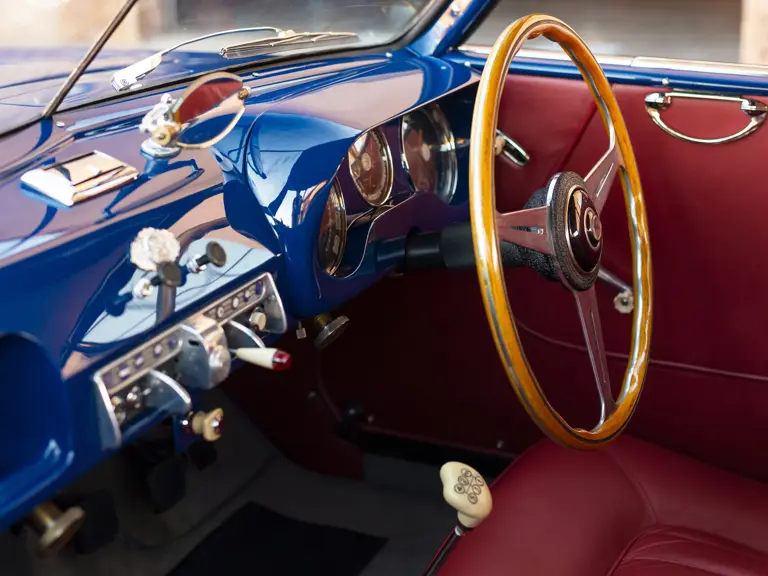
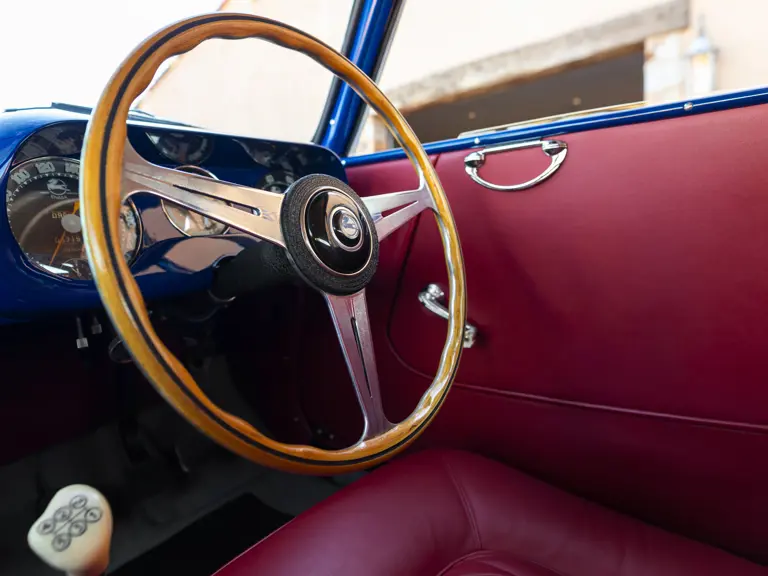

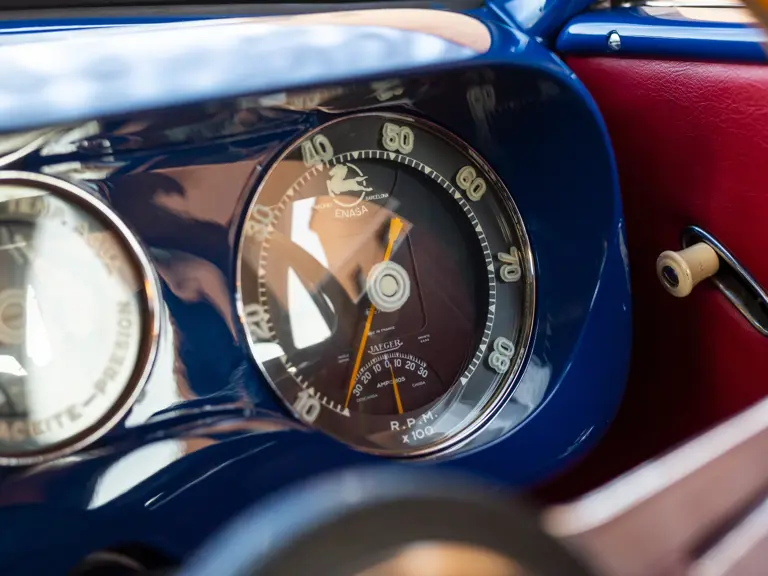
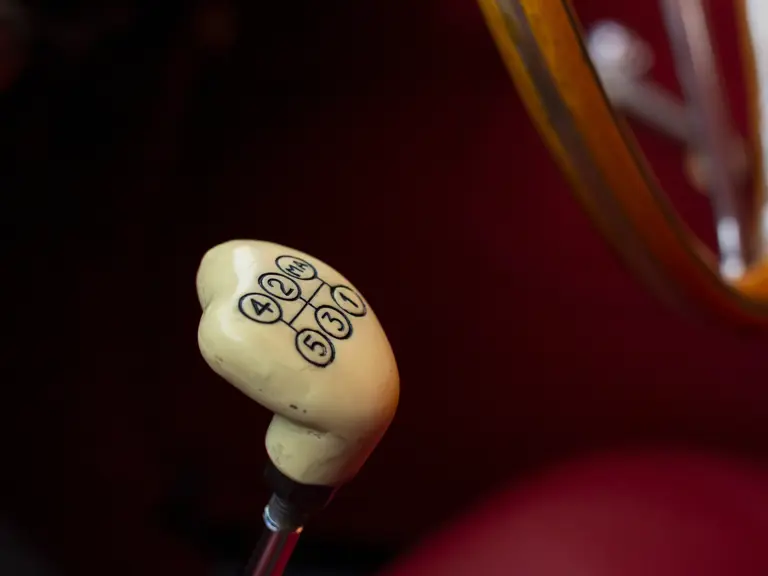
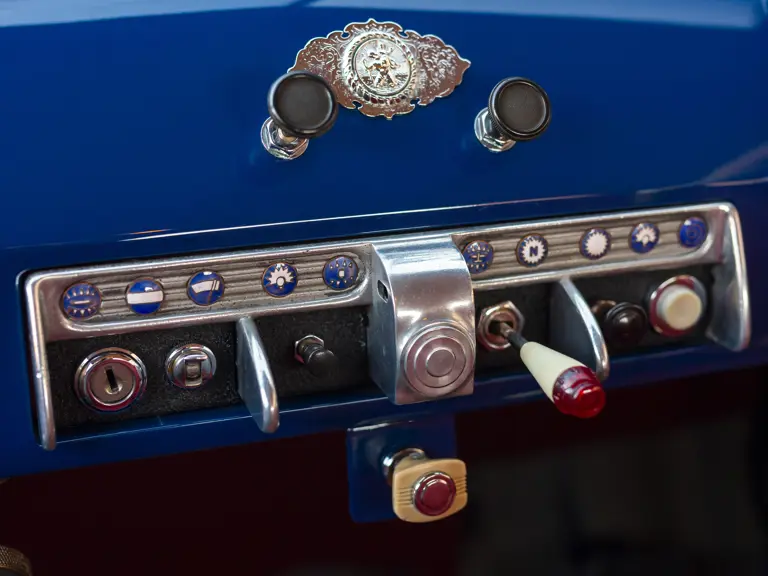
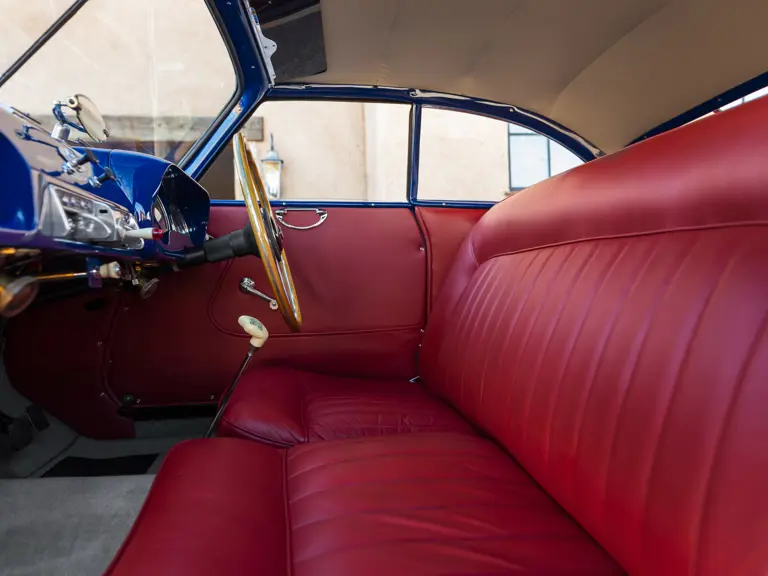
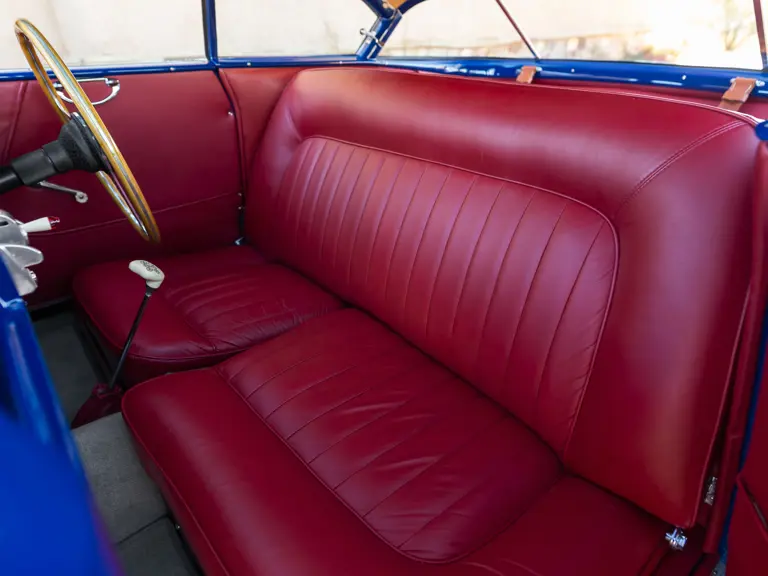


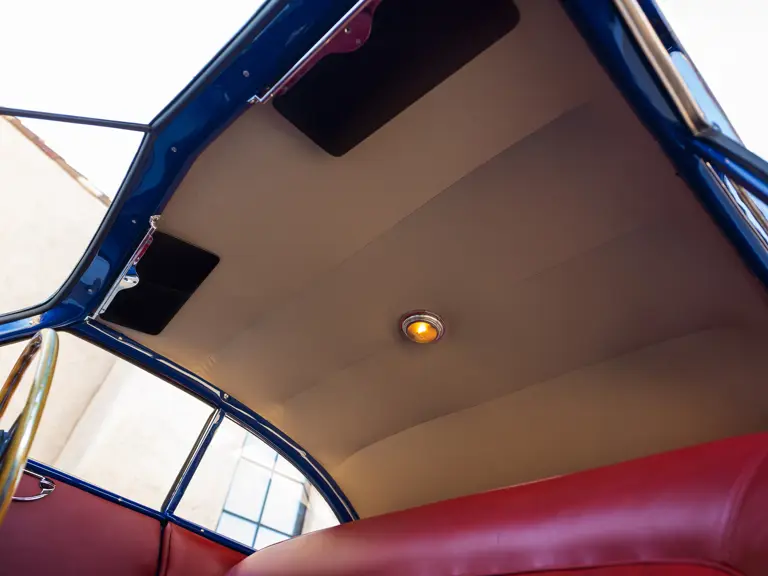
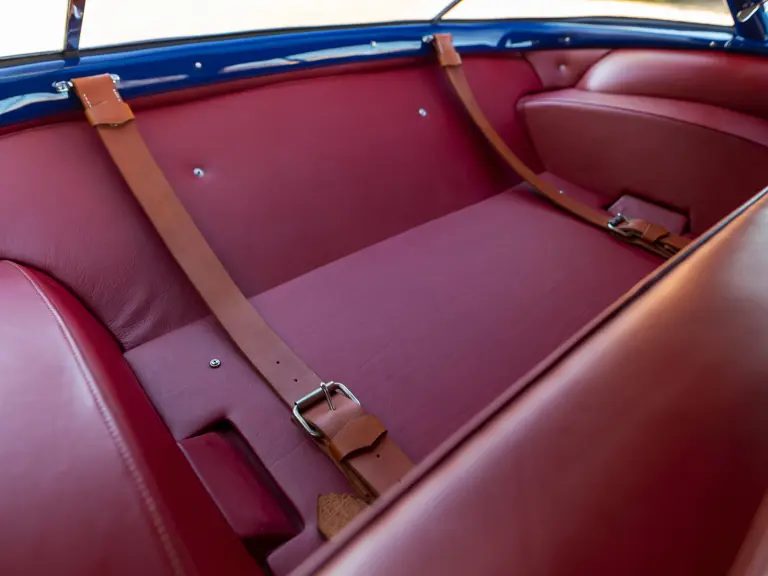
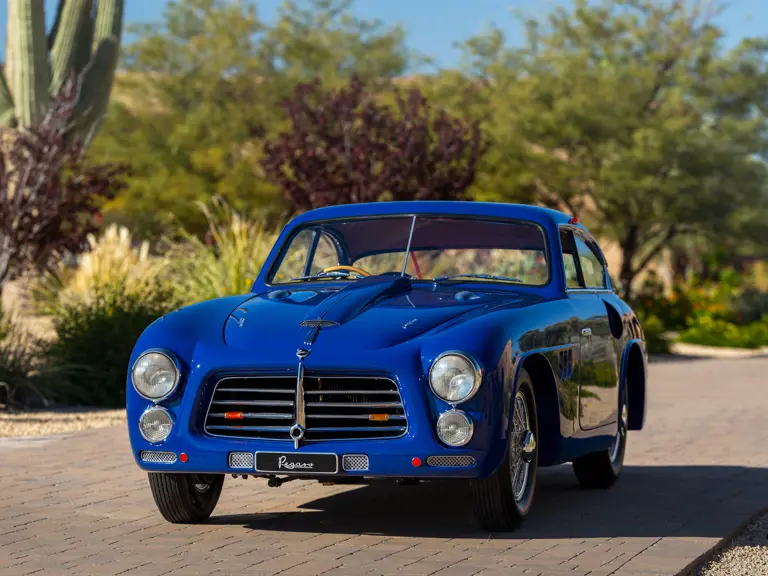
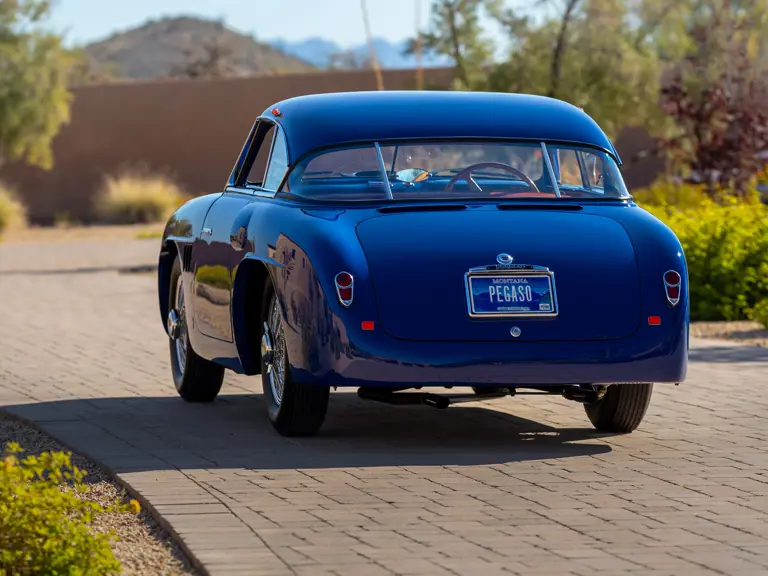
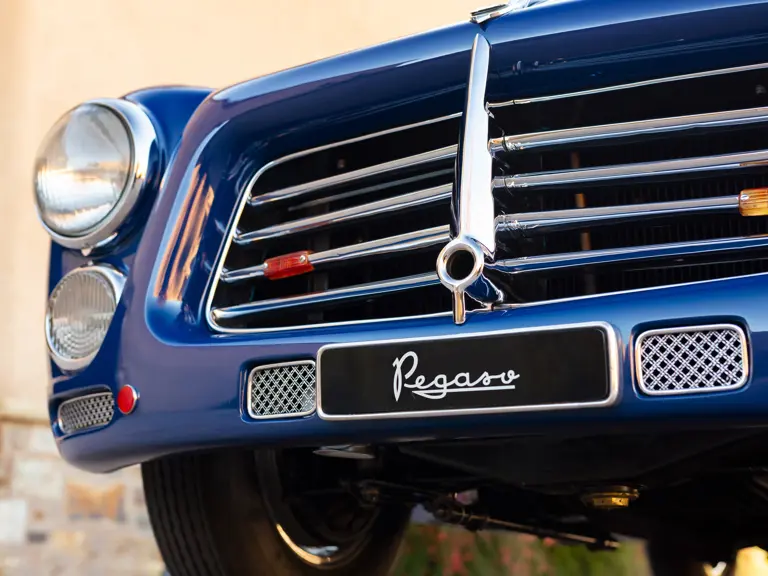



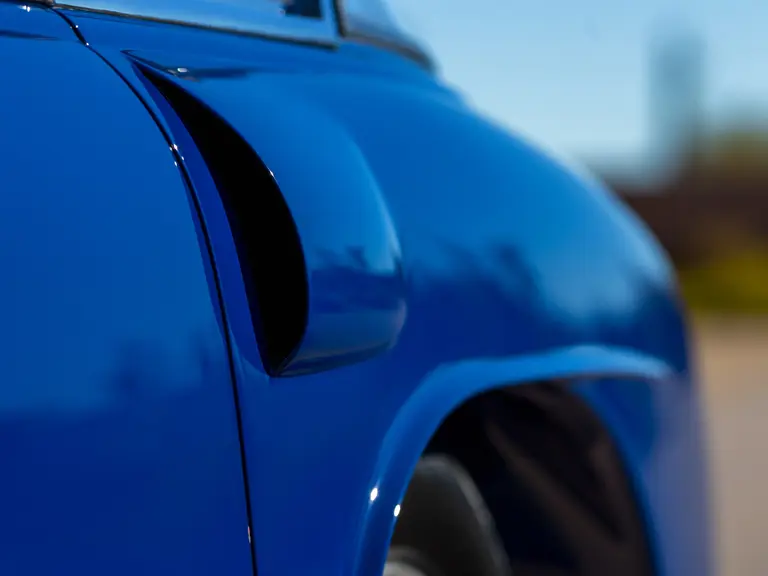
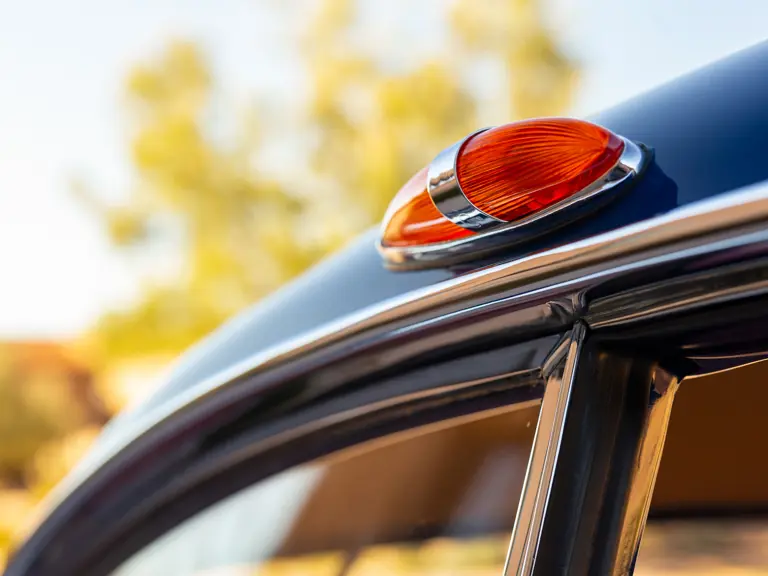
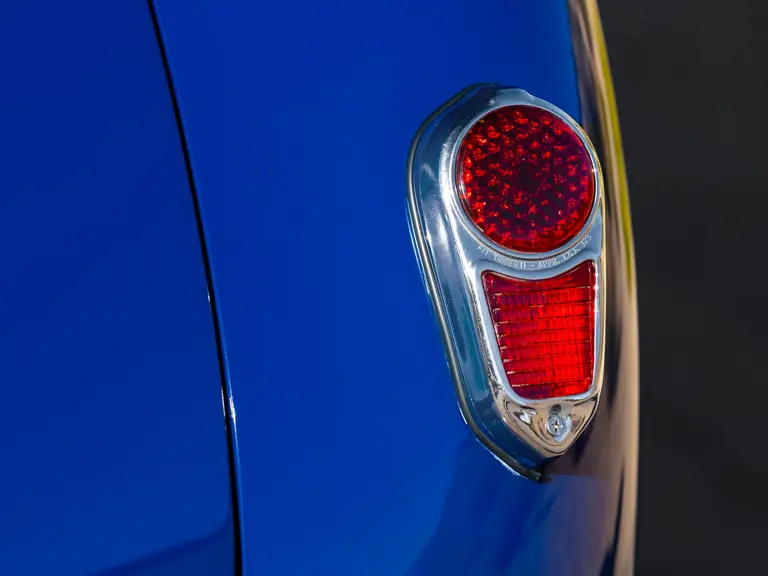

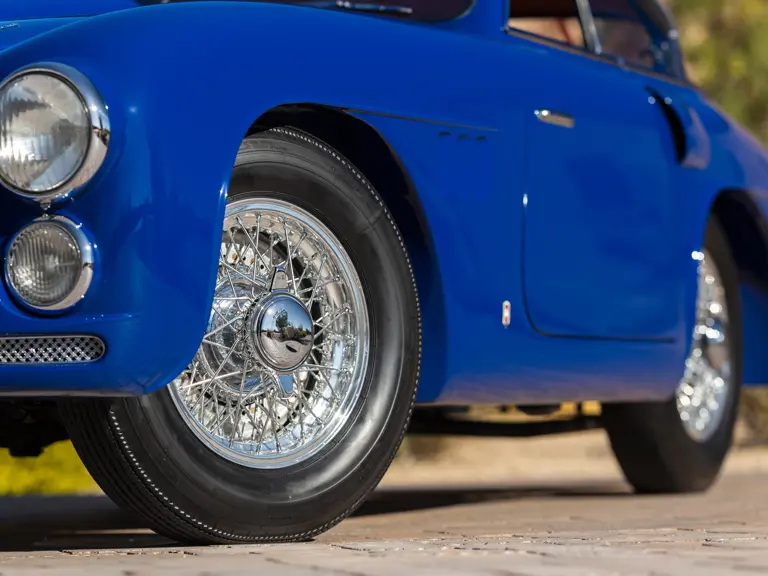

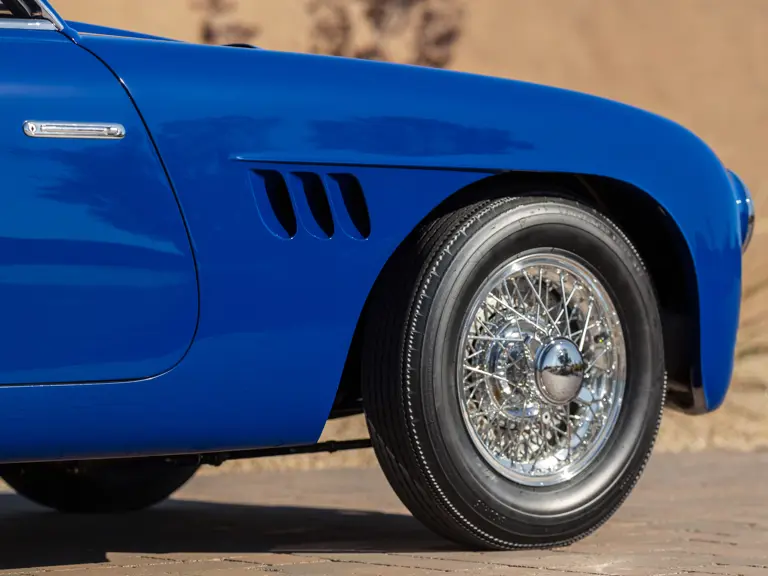
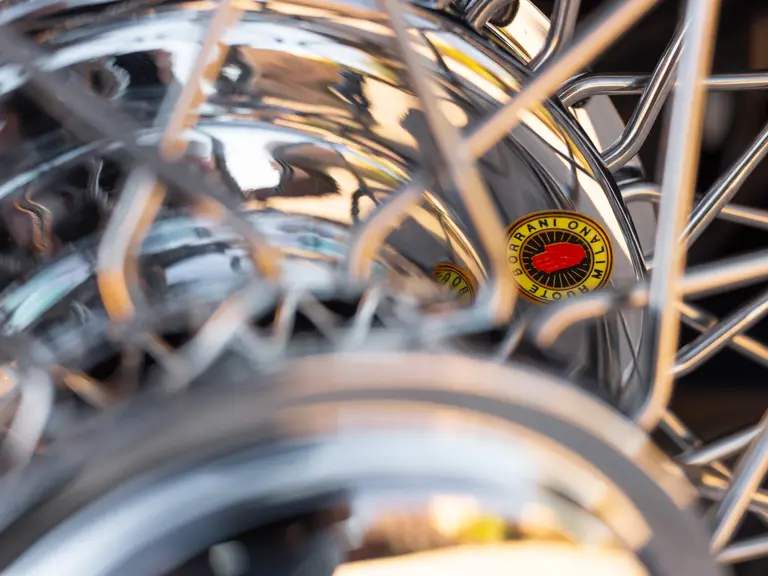

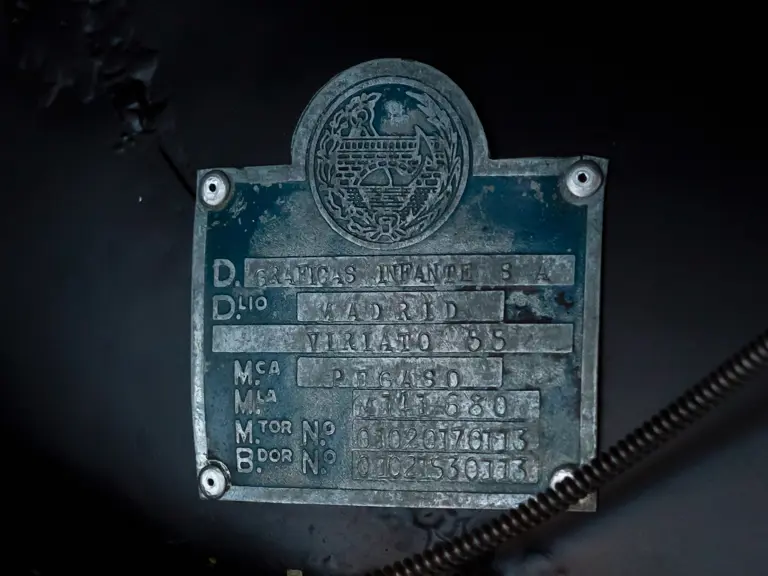
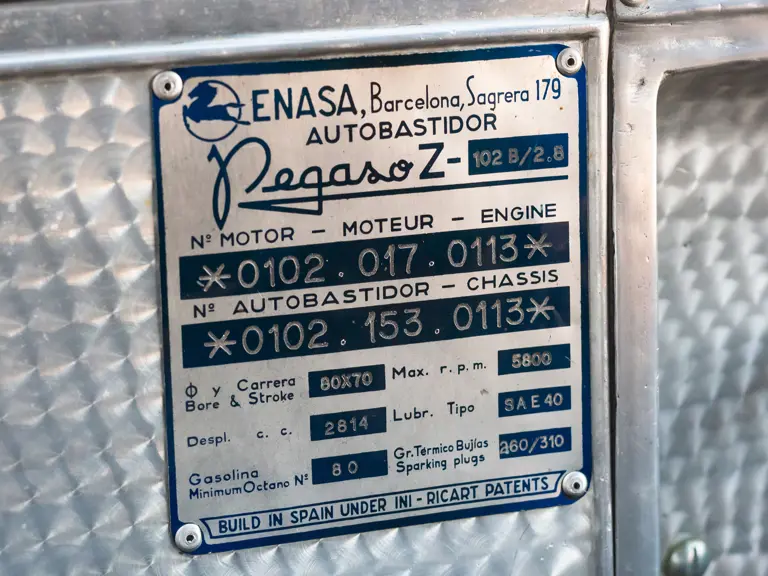
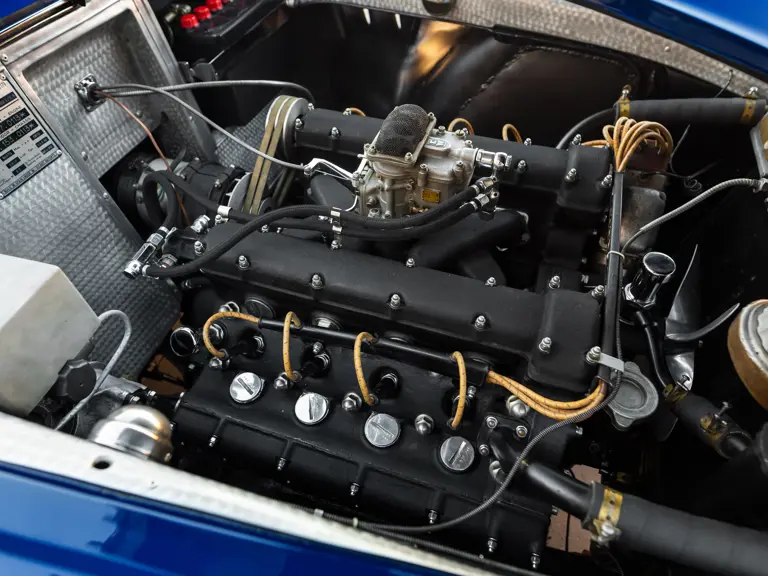
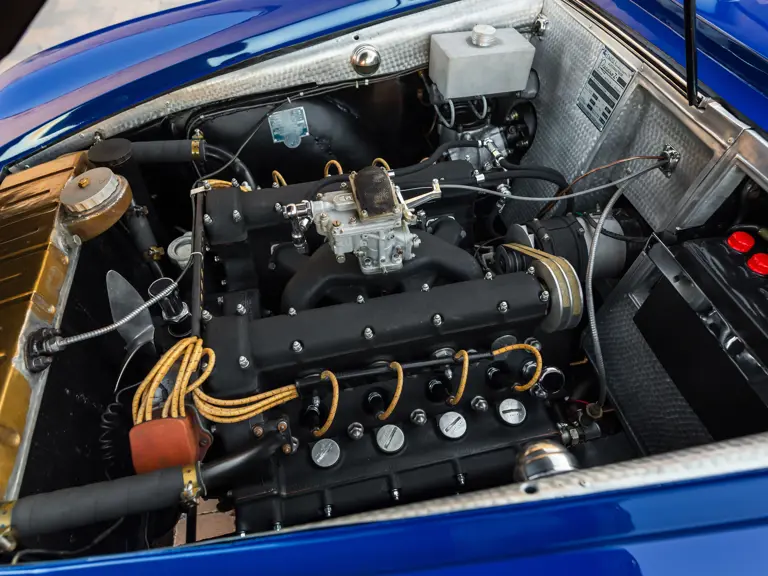
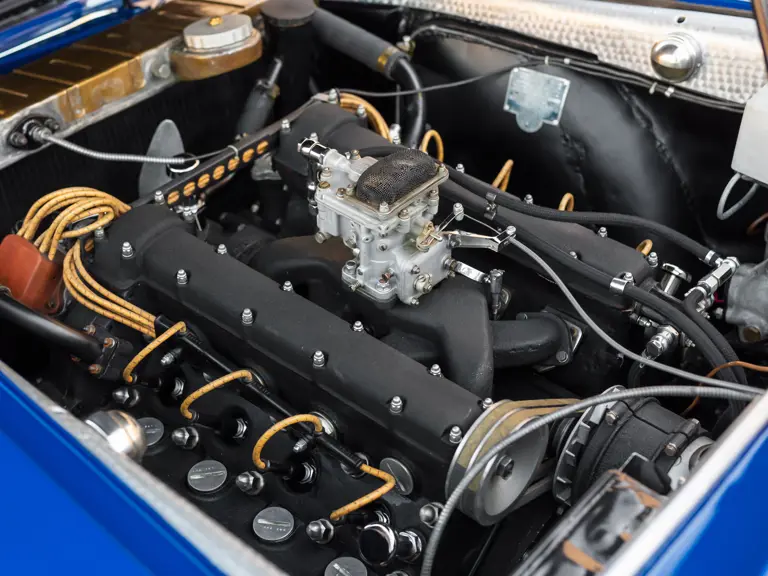

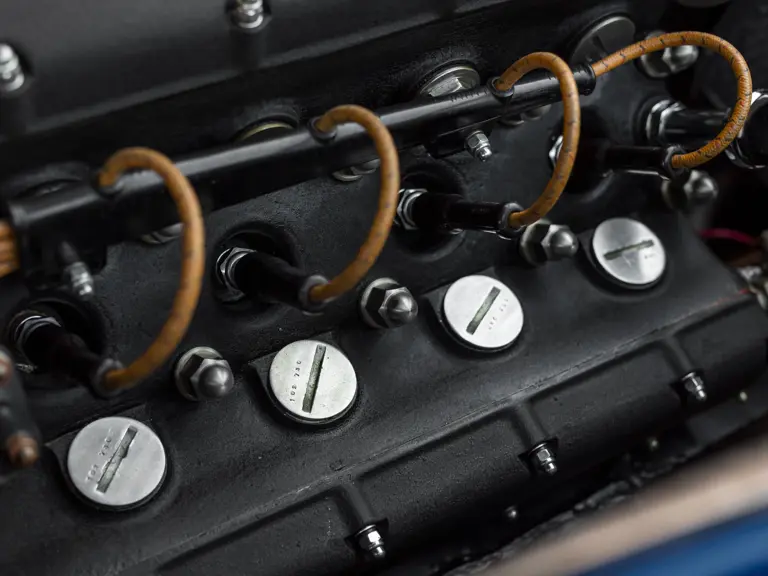

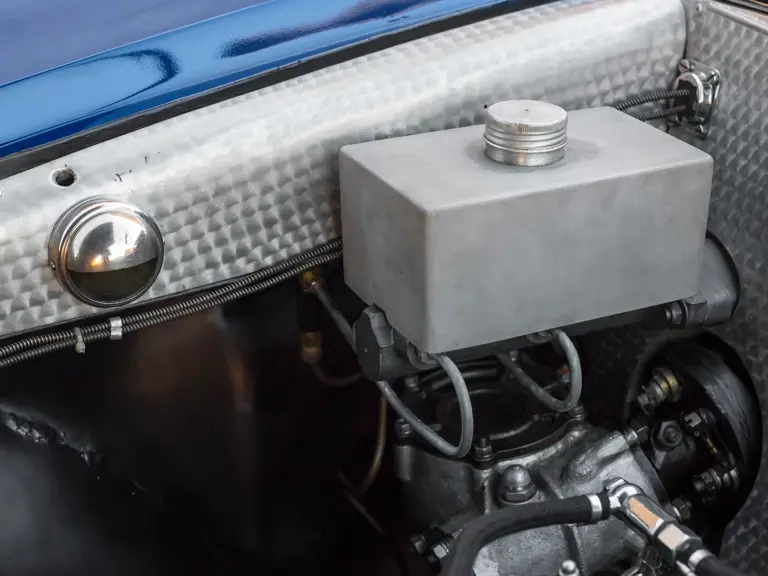
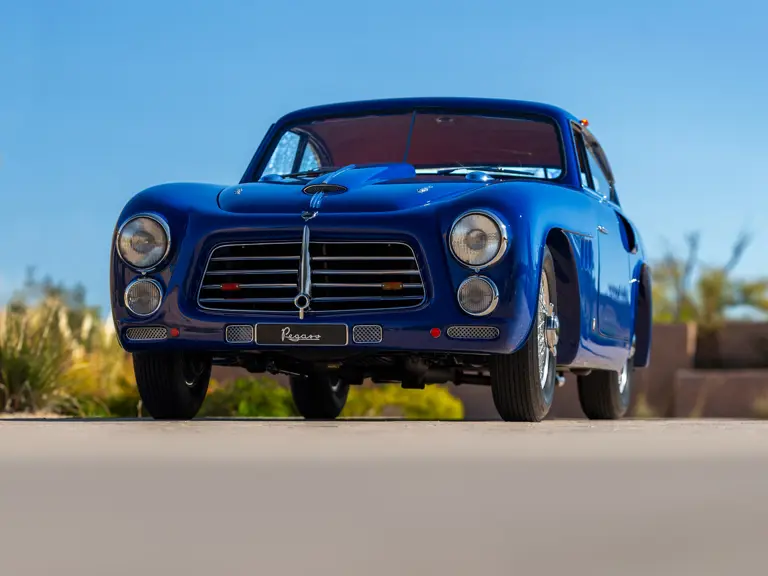
 | Phoenix, Arizona
| Phoenix, Arizona

